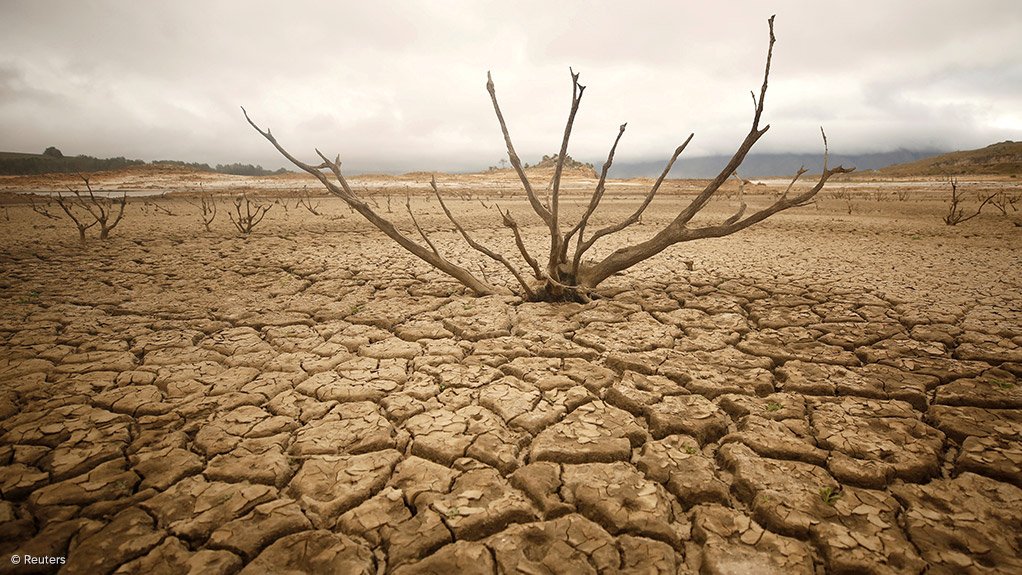As South Africa struggles with the most devastating drought experienced in decades, the World Wide Fund for Nature South Africa (WWF-SA) is calling for more investment into the country’s strategic water source areas to ensure the best yields are achieved from living landscapes.
Spending more funds on river catchment management to clear alien vegetation and limit pollution will assist in the delivery of a reliable supply of clean water downstream.
This investment can also help to grow a “catchment economy” that could bring much-needed relief to rural communities during times of economic hardship, while supporting the downstream sustainability of water quality and quantity.
“Good land management, including alien vegetation clearing, is one of the most cost-effective interventions in securing available water,” WWF-SA freshwater senior manager Christine Colvin said, pointing out that healthy, well-managed landscapes delivered better quality, more reliable water into rivers, dams and aquifers.
The organisation explained that strategic water source areas, which occupy only 8% of the land surface area, such as the Drakensberg and Boland Mountains, supply water to downstream economies and farm land.
“Healthy water source areas are the key to our food and water security for future generations. We need to act now to protect these essential catchments for future generations,” added WWF-SA CEO Dr Morné du Plessis.
Deterioration of water quality and quantity in these areas can have a disproportionately large negative effect on the functioning of downstream ecosystems and the overall sustainability of growth and development in the regions they support.
“Overloading with nutrients and other pollutants from urban, agricultural and industrial waste has resulted in many dams shifting to an algae-dominated, or eutrophic, state,” explained Colvin.
“We cannot afford to wait any longer for catchment management agencies to be fully functional and ensure land and water-use will meet our needs in the future.”
In line with this, WWF-SA plans to establish partnerships to help safeguard these strategic water source areas.
A successful partnership among SAB, Sanlam, GIZ, the Department of Environmental Affairs and Nedbank had delivered the Outeniqua water source area catchment economy project, which resulted in the clearance of 880 ha of alien vegetation over a period of four years to enable the release of about one-billion litres of water back into rivers in the area each year.
EMAIL THIS ARTICLE SAVE THIS ARTICLE ARTICLE ENQUIRY
To subscribe email subscriptions@creamermedia.co.za or click here
To advertise email advertising@creamermedia.co.za or click here











